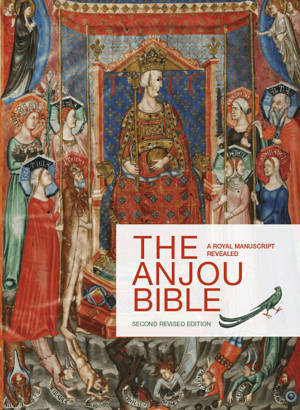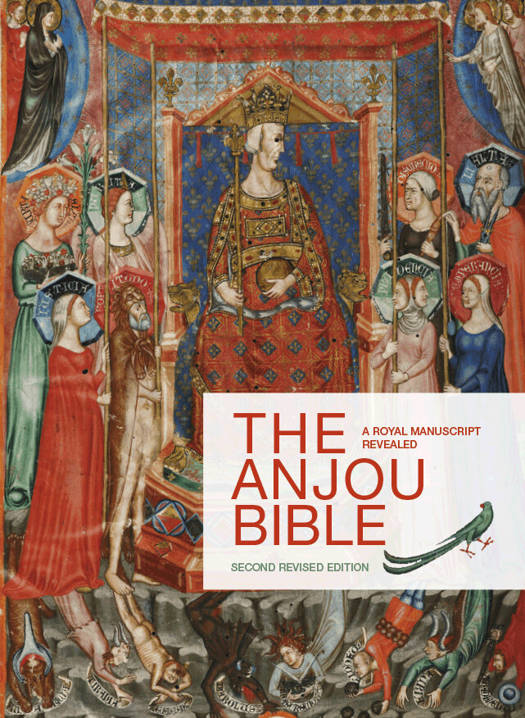
- Retrait gratuit dans votre magasin Club
- 7.000.000 titres dans notre catalogue
- Payer en toute sécurité
- Toujours un magasin près de chez vous
- Retrait gratuit dans votre magasin Club
- 7.000.000 titres dans notre catalogue
- Payer en toute sécurité
- Toujours un magasin près de chez vous
145,00 €
+ 290 points
Description
The second and revised edition of The Anjou Bible: A Royal Manuscript Revealed is the result of new research conducted over the last twelve years and showcases established and new findings regarding the famous Bible kept at the Maurits Sabbe Library of the University of Leuven. The first edition of this monograph was published in the context of the exhibition The Anjou Bible in Museum M in 2010. The second and revised edition of this book accompanies the prestigious publication of the facsimile of La Bibbia d'Angio by Treccani, Rome. The Anjou Bible is an imposing manuscript of almost 700 years old and, from a cultural, historical, and art-historical point of view, invaluable. The Anjou Bible is a visual witness statement to the genealogy of the Kings and Queens of Naples and Sicily, belonging to the powerful House of Anjou. During the first half of the fourteenth century, large parts of Southern and Central Europe were controlled by this dynasty. After the premature death of her father Charles in 1328, Joanna of Anjou became heir to the prosperous kingdom of Naples, at this junction ruled by her grandfather Robert of Anjou. Around 1340, the scribe Iannutius de Matrice and the illuminator Cristophoro Orimina wrote and illuminated the large and prestigious Bible. The Anjou Bible is of inestimable importance to the study of both socio-cultural life in medieval Southern Italy and the history of Italian art. As early as 1402 the manuscript was described in the inventory of Jean, duc de Berry (1340-1416), brother of King Charles V of France, and known for his love of art and books. At the beginning of the sixteenth century the manuscript found its way to the Atrecht College in Leuven via Nicolaus Ruterius (1442-1509), the Bishop of Arras. At the beginning of the nineteenth century the manuscript became part of the collection of the Major Seminary in Mechelen. Since 1970 it has been preserved in the Theology Faculty's Maurits Sabbe Library at the KU Leuven.
Spécifications
Parties prenantes
- Auteur(s) :
- Editeur:
Contenu
- Nombre de pages :
- 352
- Langue:
- Anglais
- Collection :
- Tome:
- n° 19
Caractéristiques
- EAN:
- 9789042950849
- Date de parution :
- 15-11-23
- Format:
- Livre relié
- Format numérique:
- Genaaid
- Dimensions :
- 230 mm x 310 mm
- Poids :
- 1641 g







